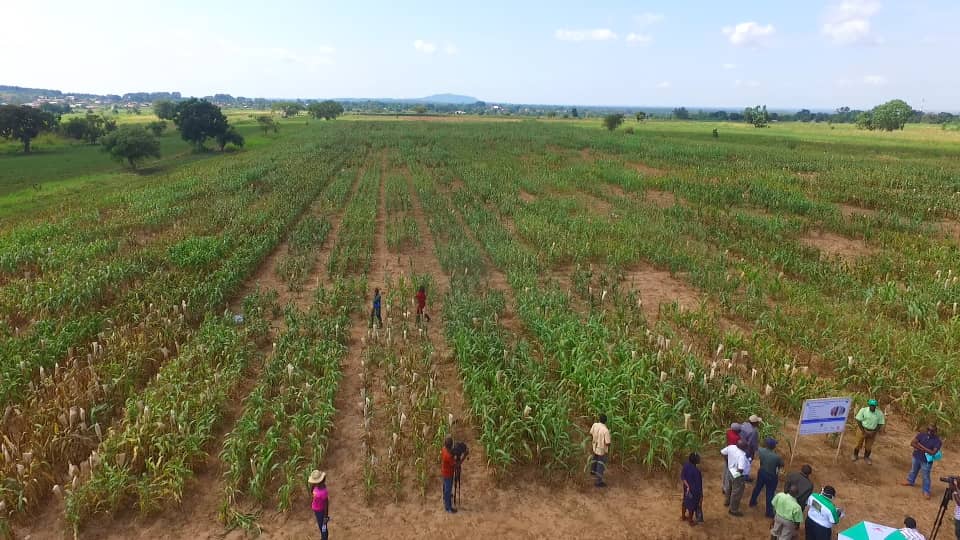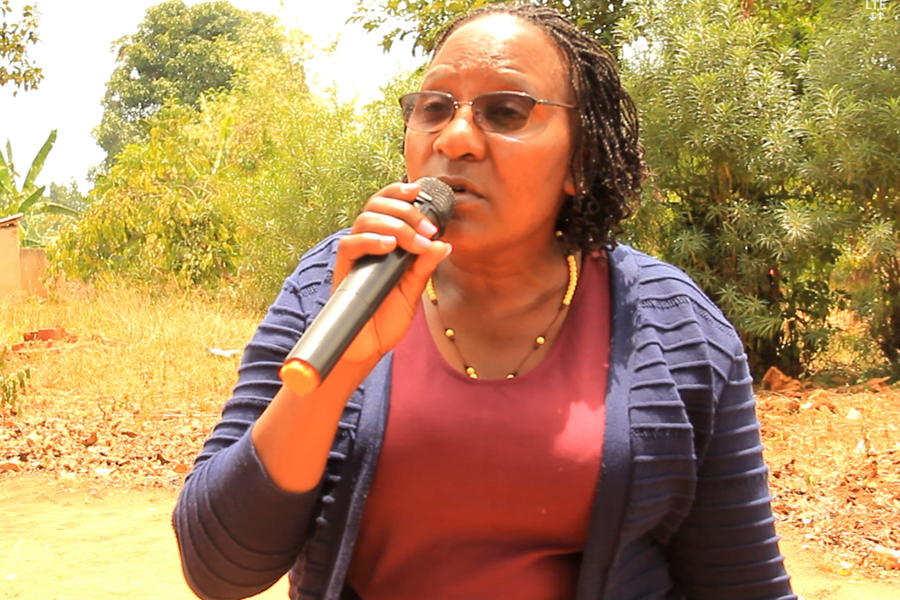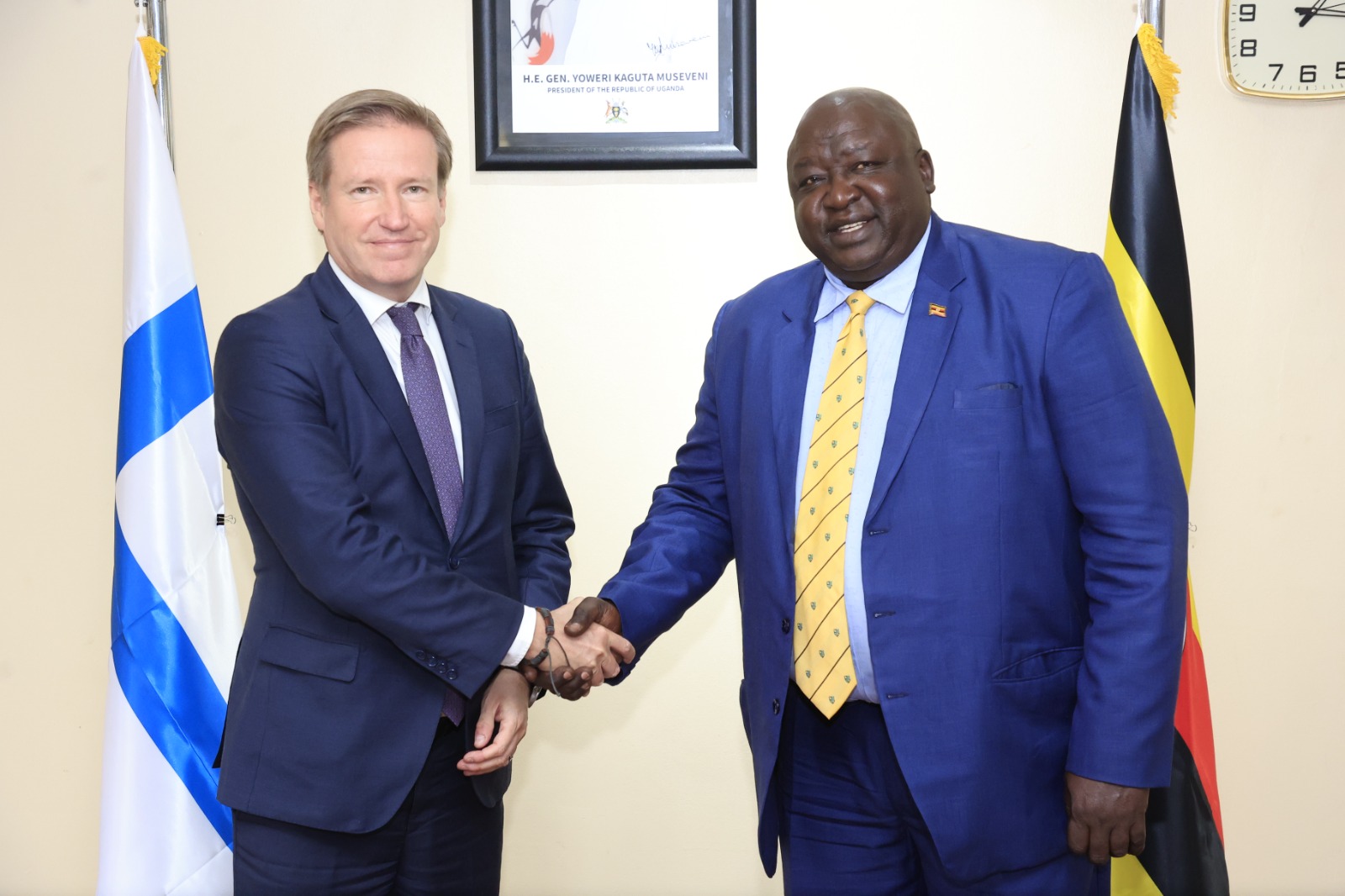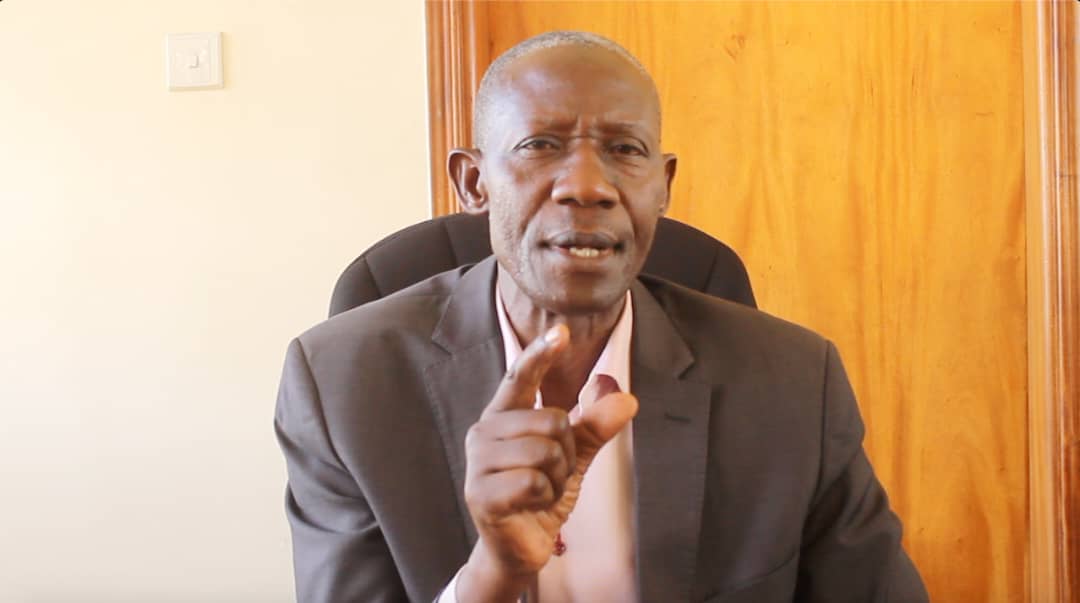Lion dies in fight with Hippo at Queen Elizabeth National Park
The Uganda Wildlife Authority (UWA) has confirmed the death of another lion at Queen Elizabeth National park. This follows the death of 11 lions in the same park on April 11.
According to the UWA Executive Director, Sam Mwandah, the lion died of injuries sustained in fight with a hippo.
Keep Reading
- > Broken Promises and Barren Fields: Serere Farmers Vent Frustration
- > Uganda's Intellectual Property Landscape: Progress and Challenges
- > Keddi Foundation Extends Relief Aid to Flood-Affected Residents, Market Vendors in Entebbe
- > Understanding the Role of RDCs in Uganda: Mandates and Responsibilities
“It is suspected to have fought with a hippo and necropsy results show that lion died of suffocation. The lion was trapped in a tunnel of a dense thicket with no escape route where her group had killed a hog,” Mwandah explained.
“This is purely a case of fighting in the jungle which is considered a natural phenomenon,” he added
Uganda has a total population of 400 lions with about 130 located in Queen Elizabeth National Park. With the death of 12 lions in just under a month, conservationists are alarmed that the country is facing a drastic decline in the lions which contribute Shs600m annually in tourism revenue.
However, Mwandah is positive lions are instead increasing in number.
“We still have lions in Queen Elizabeth National Park, including three tree climbing lions in Ishasha. Incidentally after death of the pride of lions, a new pride took over. It has two adult lionesses and 9 individuals in total,” he said.
“The lion population in Uganda is on the increase and UWA will do whatever is in her means to ensure that the population of lions and other wildlife in Uganda continues to grow,” he added.
In 2007, Uganda lost nine lions to poisoning, while in February 2018, Tanzania lost six lions due to revenge poisoning at Ruaha National Park, which is the biggest in East Africa.
Surveys indicate that the biggest threat to lions lives in East Africa is attacks from the community especially through poisoning and from trophy hunters, and poachers.
A 2009 Wildlife Conservation Society (WCS) and Uganda Wildlife Authority (UWA) national census of lions showed a decline from an estimated 600 a decade ago to 400 today. Murchison Falls National Park (MFNP) had the biggest decline from about 320 to 130 within a decade.
In Queen Elizabeth itself, the number of lions per square kilometer declined from 6 lions per 100 km2to 4 lions per 100km2 in the last 10 years. The two main threats to lions in QENP are snaring and conflict with pastoralists following predation of livestock or injury to humans.
While in Lake Mburo, it is reported that the country’s asset (lions) are extinct.
A WCS assessment in 2006 showed that each individual lion in Queen Elizabeth National Park generated about $13,500 USD (Shs48m) per year for the national economy in terms of the revenue it brought into the country. An influencing factor was that tourists are willing to stay longer just to see lions.
Ecologically, lions play an important role in maintaining ecosystem health and balance by predating on herbivores, often targeting sick individuals and thereby keeping disease down,and disposing of carcasses. This makes lions important to Uganda’s economy and ecology.
Non-original courtesy Photo













